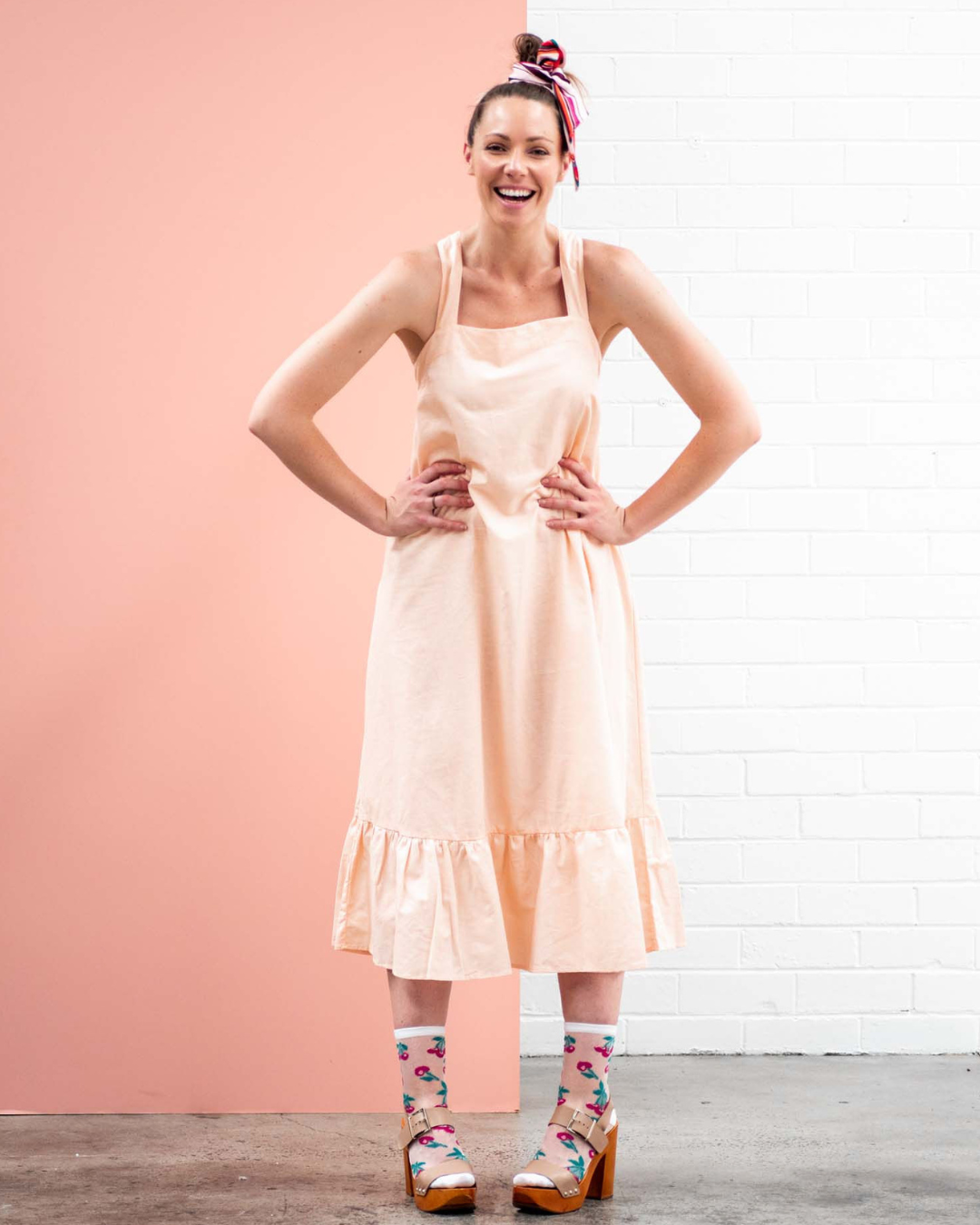Creating an ethical supply chain can be a big task, especially if you're manufacturing offshore. When you're shipping fashion in from overseas, it's estimated that 100 pairs of hands have been part of one single garment and it's a complex network to navigate when we're talking transcontinental fashion.
100 pairs of hands might sound like a lot, but when you break down the process from growing the fibres to harvesting to weaving, from the dying of the fabric to the drying and rolling, all the way down to cutting and manufacturing - it takes a lot of people to bring a garment to life.
And because we're talking about different living standards in different countries, the living wage is different, but no matter what country you manufacture in, a living wage needs to cover basic necessities like food, water, clothing and shelter, as well as healthcare, education, transport and a little savings.
When you're running an ethical, sustainable, circular or slow fashion brand, being transparent about the process is important too, but it's a pretty daunting and hard task digging through your entire supply chain to make sure you're paying ethical wages from fibre to finish.
But, hard doesn't mean impossible, and it's a journey every slow fashion business founder should take so that when you say you're selling ethical fashion - you know that it is in fact, ethical.
If you missed my live interview with Sarah Knop on the topic, catch up here, but if you're ready to get your hands dirty and do the hard (but necessary) work, keep reading.
So, where the heck do you start? At the start. It sounds simple, but it's the best way to slowly make your way through your supply chain and not get overwhelmed by it all. Start at the top and go through each step of the entire garment-making process.
Go through your products and pull them apart piece by piece and ask yourself these questions...
Where does my fabric come from and how is it grown?
Are the farmers paid ethically?
How is my fabric dyed and are the workers earning a living wage?
Are my garments cut, sewn and finished in the one same location or do I need to dig deeper?
Are my manufacturers being paid a living wage and how can I prove it?
Where do my finishings, zips and buttons come from and are they manufactured ethically?
It's a slow process, but that's what slow fashion is all about - taking the time to consciously think about every little detail that goes into a garment. It's about asking the hard questions and going on a journey to find the answers.
And if you don't like what you find out, it's an opportunity for positive change, because you can switch suppliers or manufacturers to align more with your ethical and sustainable values.
You can also use the below resources from Sarah Knop to help you find the answers you need around ethical wages and living wages in fashion, the difference between the two, and how to know if your suppliers are paying them.
The Anker Living Wage Methodology
Fairtrade Standard for Hired Labour
UN Global Compact Living Wage Tool
And, if it's all still a bit much, reach out! If you know you want to make changes in your supply chain and start operating more ethically and sustainably but don't know where to start, book a private strategy session and we'll map out an action plan together.
Where there's a will, there's a way!
Claire x




